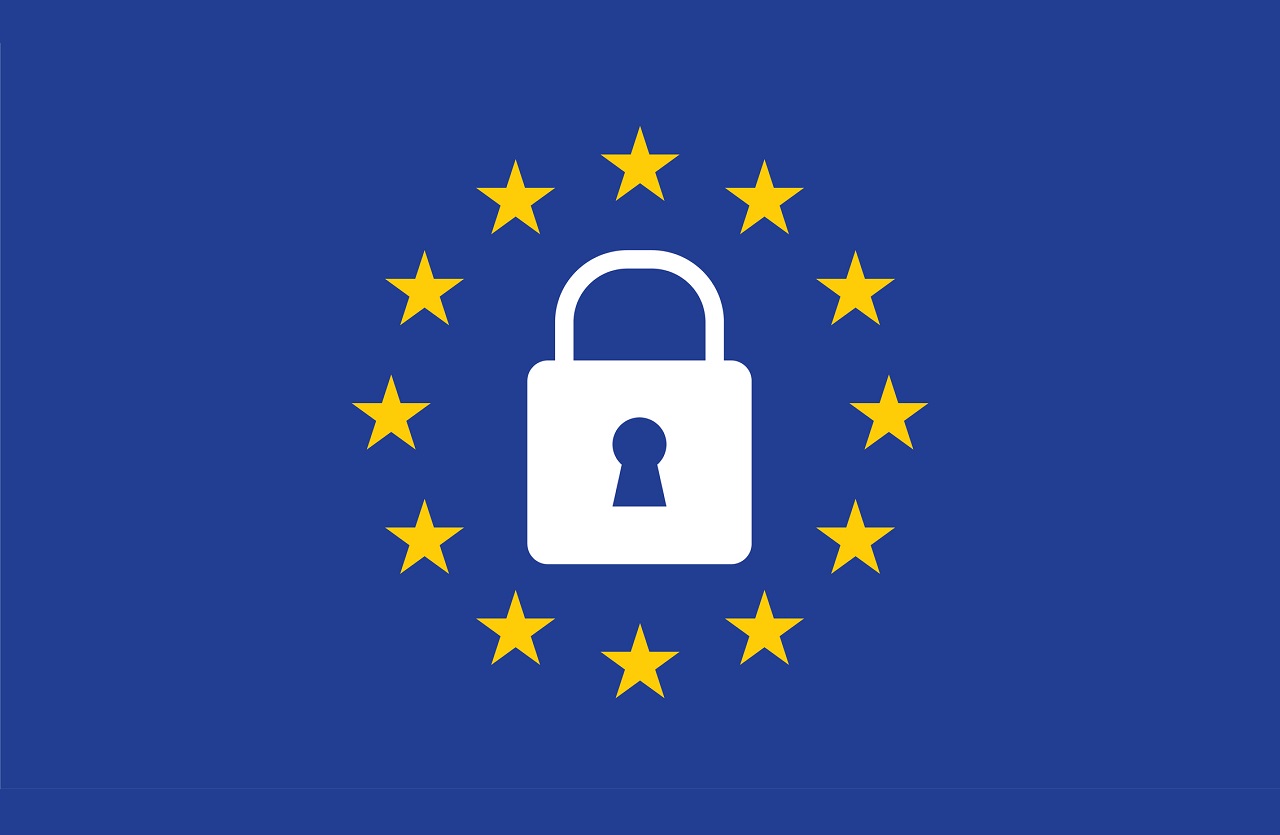The General Data Protection Regulation (GDPR) is a regulation passed by the European Union (EU) to protect the privacy and personal data of its citizens. The GDPR applies to all businesses that collect, store, or process personal data of EU citizens, regardless of where the business is located. This means that small businesses operating in the EU or targeting EU customers must comply with the GDPR rules. In this step-by-step guide, we will discuss the key elements of the GDPR and provide a roadmap for small businesses to become GDPR compliant.
Step 1: Understanding the Key GDPR Terminology
Before diving into the compliance process, it is essential to understand the key GDPR terminology. Here are some of the essential terms to know:
- a) Personal Data: This refers to any information that can directly or indirectly identify an individual. This includes name, address, email address, phone number, location data, and IP address.
- b) Data Controller: This is the entity that determines the purpose and means of processing personal data.
- c) Data Processor: This is the entity that processes personal data on behalf of the data controller.
- d) Data Subject: This refers to the individual whose personal data is being processed.
- e) Consent: This is the freely given, specific, informed, and unambiguous agreement by the data subject to the processing of their personal data.
Step 2: Identifying Your Data Processing Activities
The GDPR requires businesses to document all data processing activities, including the types of data collected, the purpose of processing, the legal basis for processing, and the data retention period. This documentation is essential for demonstrating GDPR compliance and responding to data subject requests.

To identify your data processing activities, start by conducting a data audit. This involves reviewing all the personal data you collect, store, and process, including employee data, customer data, and any other data collected by your business. Once you have identified all the data processing activities, document them in a data processing inventory.
Step 3: Determining Your Legal Basis for Processing
Under the GDPR, businesses must have a legal basis for processing personal data. There are six legal bases for processing personal data, including:
- a) Consent: The data subject has given explicit consent for the processing of their personal data.
- b) Contract: The processing is necessary for the performance of a contract with the data subject.
- c) Legal Obligation: The processing is necessary to comply with a legal obligation.
- d) Vital Interests: The processing is necessary to protect the vital interests of the data subject or another person.
- e) Public Task: The processing is necessary to perform a task in the public interest.
- f) Legitimate Interests: The processing is necessary for the legitimate interests of the data controller or a third party.
Once you have identified the legal basis for processing, document it in your data processing inventory.
Step 4: Implementing GDPR-Compliant Policies and Procedures
To comply with the GDPR, businesses must have GDPR-compliant policies and procedures in place. Here are some essential policies and procedures to implement:
- a) Privacy Policy: The GDPR requires businesses to have a privacy policy that explains how they collect, store, and process personal data. The privacy policy must be easily accessible and written in clear and plain language.
- b) Data Breach Response Plan: The GDPR requires businesses to have a data breach response plan in place. This plan should include procedures for identifying and containing a data breach, notifying data subjects, and reporting the breach to the supervisory authority.
- c) Data Subject Request Procedure: The GDPR gives data subjects the right to access, correct, and erase their personal data. Businesses must have a procedure in place for handling data subject requests.
- d) Third-Party Processor Agreement: If you use a third-party processor to process personal data on your behalf, you must have a written agreement in place that outlines the obligations of the processor to comply with the GDPR.
- e) Data Protection Impact Assessment (DPIA): The GDPR requires businesses to conduct a DPIA for any data processing activities that are likely to result in a high risk to the rights and freedoms of data subjects. The DPIA should assess the impact of the processing activity on the privacy of the data subjects and identify any measures to mitigate the risks.
Step 5: Implementing Technical and Organizational Measures
The GDPR requires businesses to implement appropriate technical and organizational measures to ensure the security and protection of personal data. Here are some measures to consider:
- a) Encryption: Encryption is a method of protecting personal data by converting it into a code that can only be deciphered with a decryption key. Implementing encryption can help to prevent unauthorized access to personal data.
- b) Access Controls: Access controls are measures that limit access to personal data based on roles and responsibilities. This can help to prevent unauthorized access to personal data.
- c) Data Minimization: Data minimization is the practice of only collecting and processing the minimum amount of personal data necessary for the purpose of processing. This can help to reduce the risk of unauthorized access and data breaches.
- d) Employee Training: Employees must be trained on GDPR compliance to ensure that they understand their obligations and responsibilities.
Step 6: Appointing a Data Protection Officer (DPO)
Under the GDPR, businesses must appoint a Data Protection Officer (DPO) if they process personal data on a large scale or process special categories of personal data. The DPO is responsible for monitoring GDPR compliance, advising the business on GDPR requirements, and acting as a point of contact for supervisory authorities and data subjects.
If you are not required to appoint a DPO, it is still recommended to appoint someone within your organization to be responsible for GDPR compliance.
Step 7: Reviewing and Updating GDPR Compliance
GDPR compliance is an ongoing process. Businesses must regularly review and update their GDPR compliance to ensure that they are meeting their obligations and responsibilities. Here are some actions to consider:
- a) Conduct Regular Data Audits: Conduct regular data audits to ensure that your data processing inventory is up-to-date and accurate.
- b) Review and Update Policies and Procedures: Review and update your GDPR-compliant policies and procedures as necessary to reflect any changes in your data processing activities or GDPR requirements.
- c) Conduct Regular Employee Training: Conduct regular employee training on GDPR compliance to ensure that employees are aware of their obligations and responsibilities.
- d) Monitor and Respond to Data Subject Requests: Monitor and respond to data subject requests in a timely and efficient manner.
Also Read : Outsourced Accounting vs. In-House Accounting
Conclusion :
Complying with the GDPR can seem daunting, but by following this step-by-step guide, small businesses can become GDPR compliant. Remember, GDPR compliance is an ongoing process, and businesses must regularly review and update their GDPR compliance to ensure that they are meeting their obligations and responsibilities. By implementing GDPR-compliant policies and procedures, technical and organizational measures, and appointing a DPO, small businesses can protect the privacy and personal data of their customers and employees.


